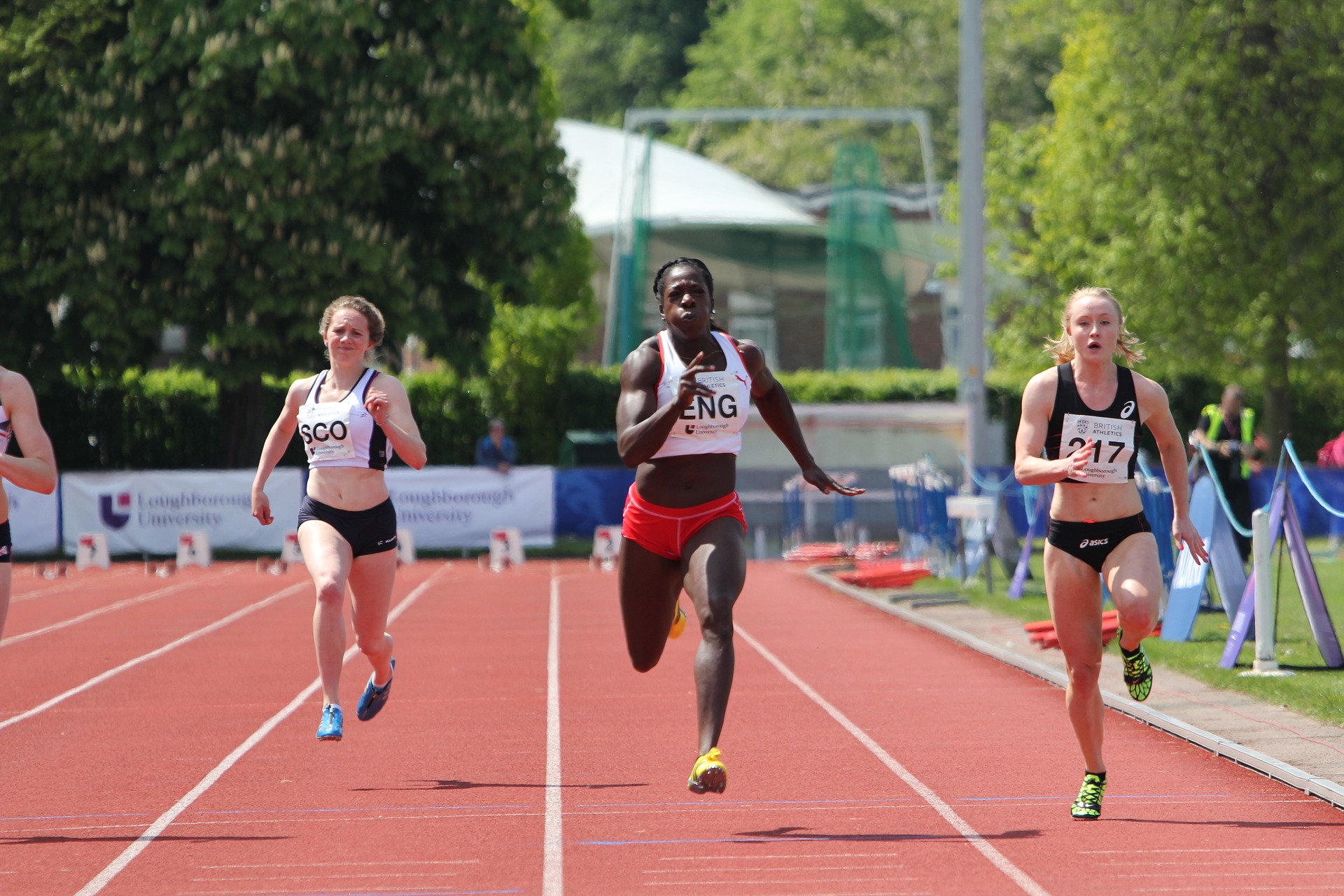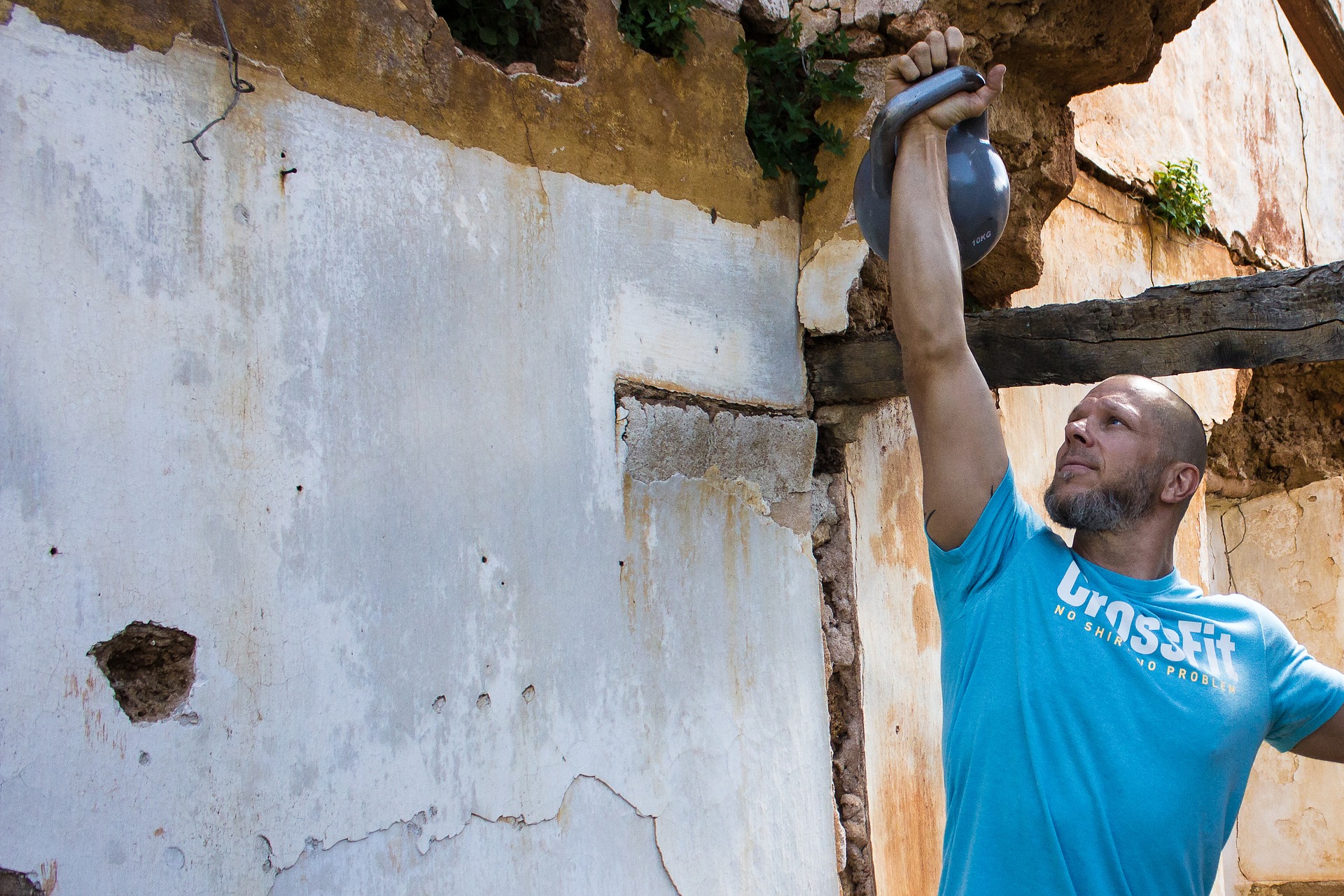You have to practice running fast to get better at running fast. Variations of this statement are some of my favorite social media posts, it’s amazing how often people need to hear this. In this article I’m going to cover some of the more popular exercises that “replace” sprinting and talk about why I feel we have to keep them in perspective.
First, a few things to keep in mind. Running fast is a skill. There are techniques, rhythms, and force application strategies that are unique to running fast. These things have to be practiced together to improve. Second, today the focus is on increasing force application, against the ground, and in the appropriate direction (i.e. horizontally). Third, with the first two in mind I think it’s really important that we’re doing something for speed training at least twice a week. This may not be a huge focus of training, but a few sprints twice a week makes a huge difference.
Technique Drills:
A lot of coaches go to conferences to pick up on a drill, an exercise, or a new way of phrasing something. Here’s the thing, there are no magic technique drills with sprinting. Yes, there is an optimal technique for both acceleration and for running at maximum velocity, but drills don’t teach that. Drills, at best, teach part of the movement and usually that is in isolation and at submaximum speeds. In other words, they are not going to achieve the training effect that you want out of speed training.
Many of these drills come to us from Eastern Europe, where for several months out of the year the speed training would have to be done inside. This was also a location where the training facilities would not meet Western standards (Think Rocky IV but with the Russians training in the barn). Under those circumstances, the technique drills that many of us are familiar with (A, B, C drills) were designed to keep the muscles in sprinting shape using movements that had some similarities to sprinting. But they were never meant to be a replacement for actually sprinting.
Here are the problems with those drills. First, they are at submaximum speeds. This means we’re not training to run fast. Second, we’re not training ourselves to exert the same amount of force against the ground. Third, the movements in the drills are different than the movements in sprinting – so the transfer is going to be limited. In other words, improving on the drill does not equal improving in speed necessarily. So, while I like these drills as warm-up, they are not a replacement for actually sprinting.
Plyos:
Plyometrics are a great supplemental exercise. They are great for teaching us how to exert force, quickly, in a desired direction. We need to be able to exert force horizontally when sprinting so long jumps, triple jumps, jumps over boxes/hurdles, and bounds are great tools to help train this. But it needs to be kept in mind that plyometrics don’t simulate the sprinting motion so while they are a great supplemental exercise they are not a replacement for sprinting in your training.
Resisted sprinting:
The idea here is logical; make the sprinting motion more difficult. In theory this would result in more motor units being recruited and, as long as technique is solid, it would transfer to un-resisted sprinting resulting in a faster athlete. The problem is we don’t know if it’s true. Research seems to indicate that resisted sprinting is as effective as un-resisted sprinting. We also know from research that resisted sprinting alters running technique and it’s unclear if that has a long-term negative impact on speed.
Now, what resisted sprinting does really well is to teach the horizontal application of force in a sprint-specific manner. To me, this makes it a really valuable supplemental exercise. But, it never replaces actually running fast in training.
Strength training:
Lifting weights is another important supplemental exercise for sprinting, but it is not a replacement for the practice of running fast. There are a number of reasons why strength training is important. First, it helps with injury prevention. Second, it enhances our ability to exert force against the ground. Third, it improves our ability to maintain our technique. But, it doesn’t train the sprinting motion or sprinting velocities – the Olympic lifts don’t even approach sprinting velocities!
I understand that I’m attacking some sacred cows in this post, but to me if you can achieve the same (or better) results by using less equipment and spending less money, then that’s preferable to the alternative! In the next post on this topic, I’ll put down my thoughts for speed training without all the frills.




